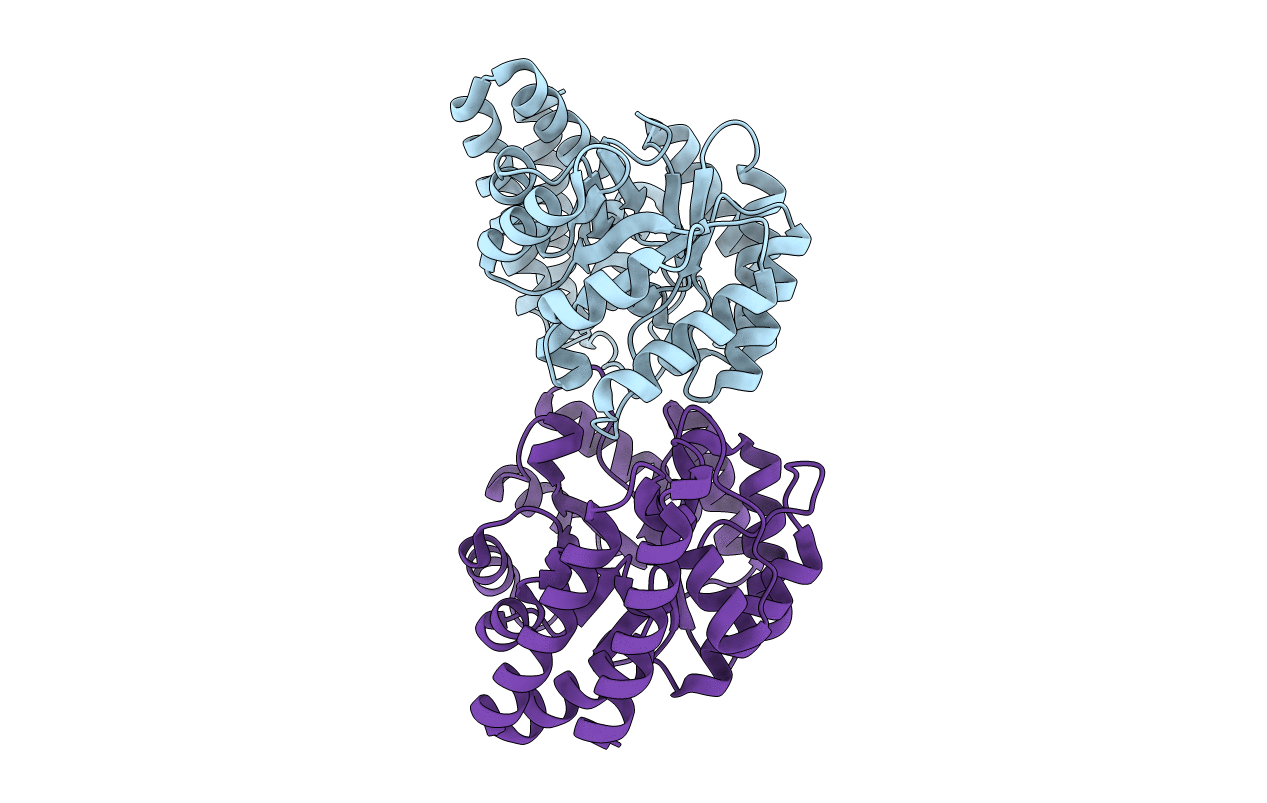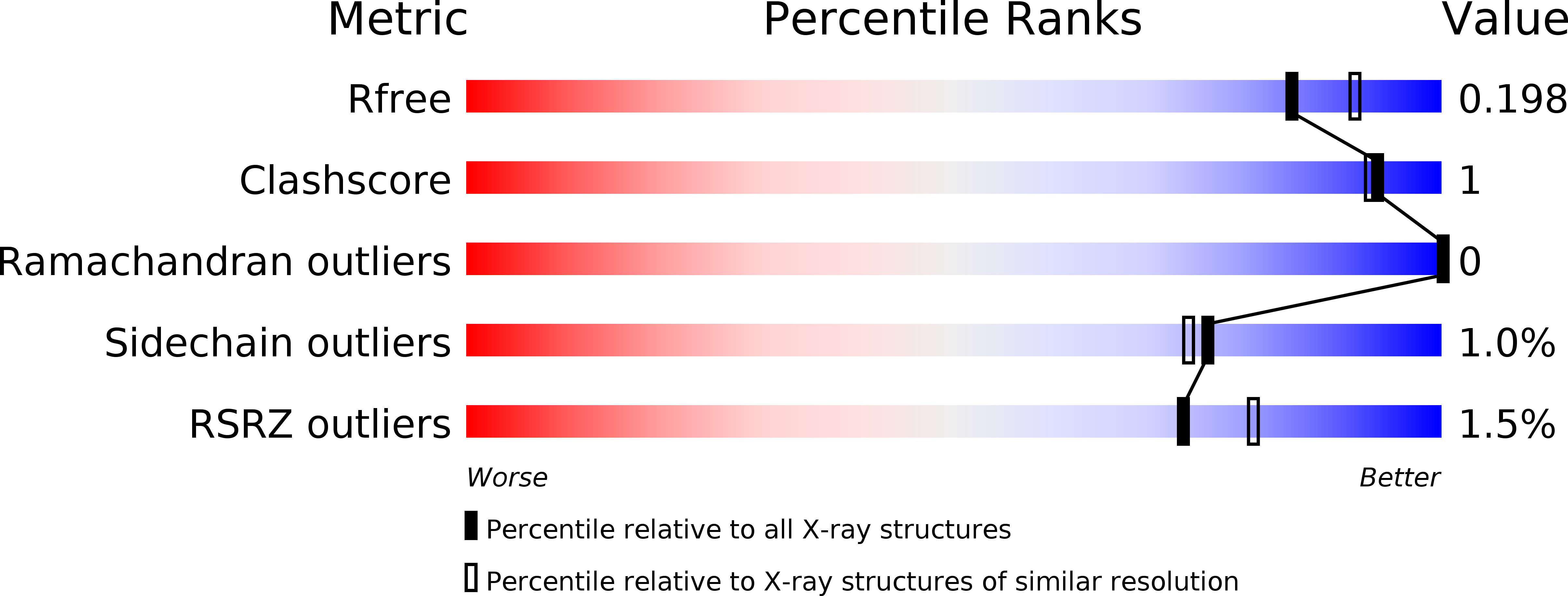
Deposition Date
2019-04-05
Release Date
2019-09-25
Last Version Date
2024-05-15
Entry Detail
Biological Source:
Source Organism:
Ruminococcus gnavus ATCC 29149 (Taxon ID: 411470)
Host Organism:
Method Details:
Experimental Method:
Resolution:
1.96 Å
R-Value Free:
0.25
R-Value Work:
0.20
R-Value Observed:
0.20
Space Group:
C 1 2 1


